I am a denizen of thrift stores here in the USA. I believe the British refer to them as 2nd hand or charity shops across the pond. I was a bit surprised to see old photo chemicals in bottles and cans at one I habituate. In the past I have gotten enlargers and photo paper at this particular one.
A bit of a small jackpot on this trip. A Minolta 600SI model with a lot of desirable modes & features and a kit 28-80 Tamron zoom for $7.99. I’m not a huge fan of the plastic fantastics but with all the manual options a learner could actually use this camera and have fun.
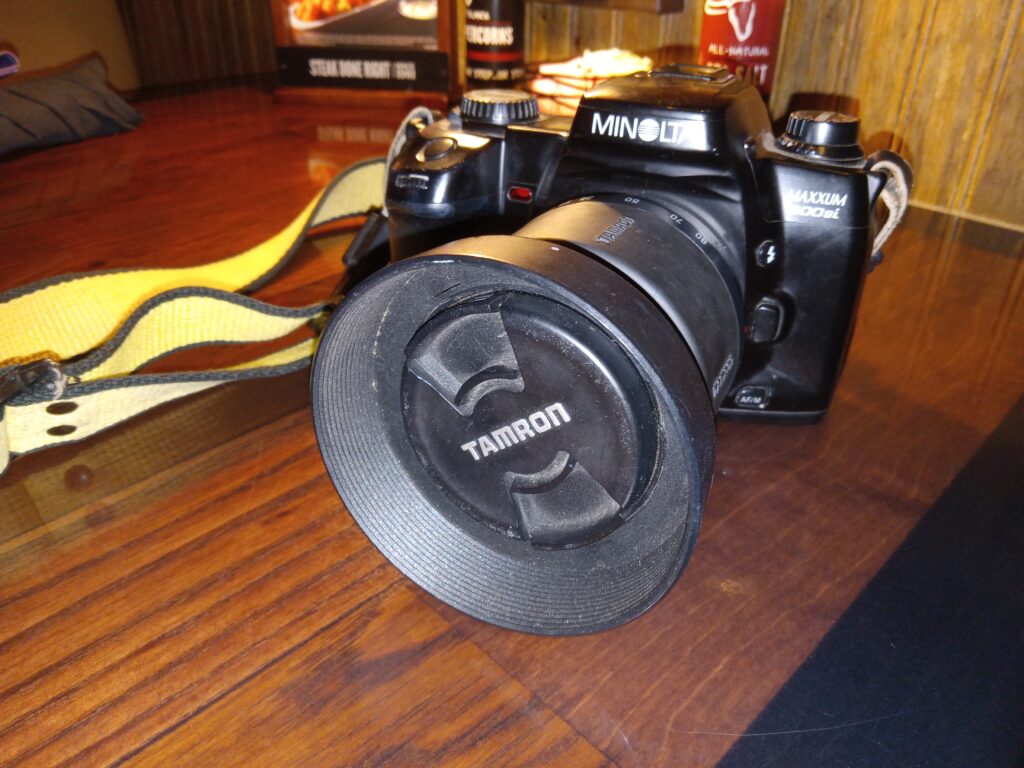
One of the issues with these 90’s electronic cameras is the 2CR5 battery needed. A fresh battery is more than the camera. To get around this in the long run I build my own rechargables from 2 lithium 123a batteries and a 3d printed frame.
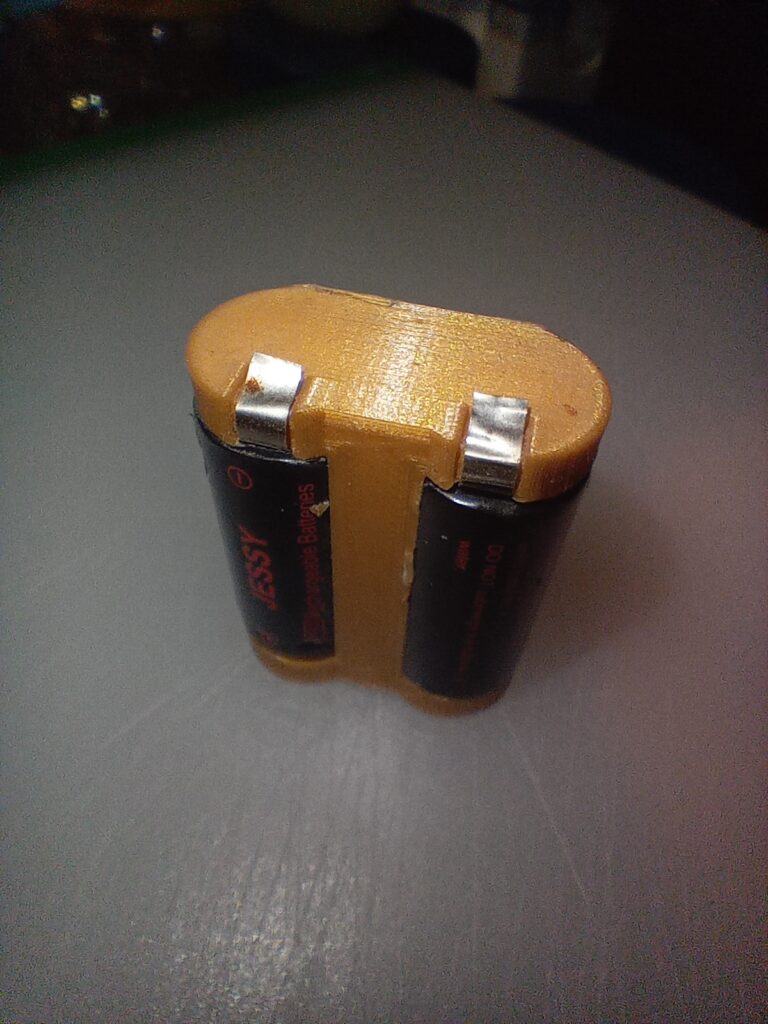
Looks like the electronics are OK – I get a display response and shutter activates
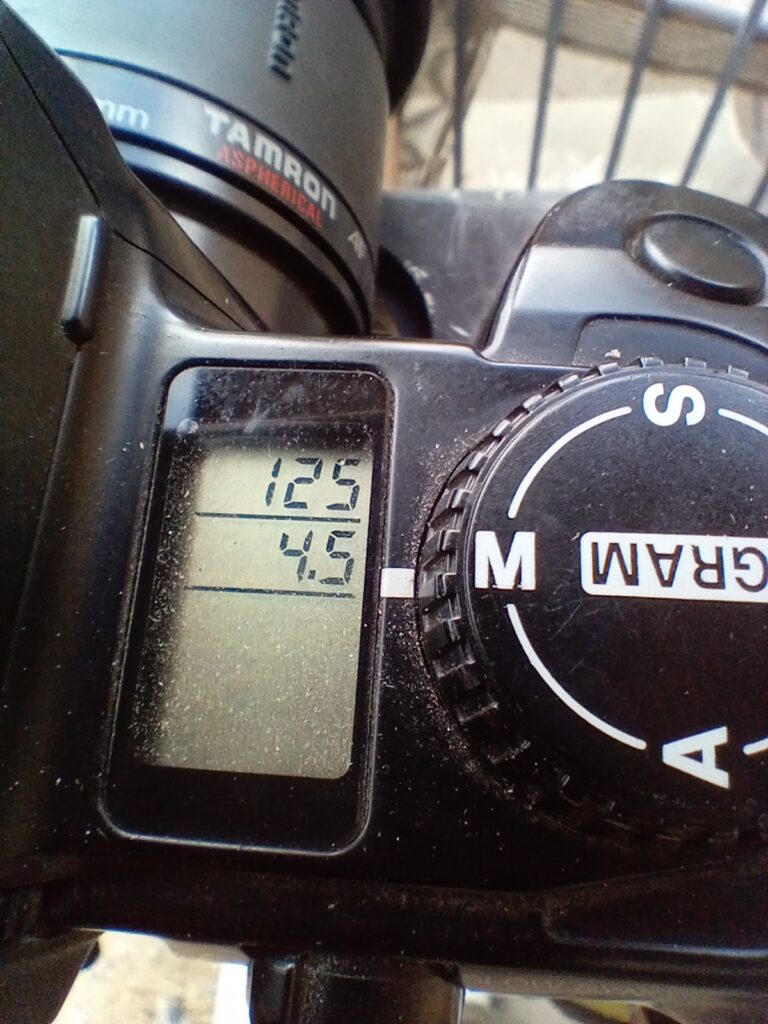
I’m in the habit of buying bulk rolls whenever possible. I got a 1000 ft reel of cinematic 5231 Plus X from the 80’s that comes out quite well. So I have the film for the camera test. What about the developer?
Luckily for me the thrift store also had some chems in bottles & cans too. There are, of course, some cautions to observe. Old chems from back in the day could very well be banned or restricted chemicals today. Things that were commonly sold like Potassium Dichromate are horribly toxic and need PPE and gear on hand to use it safely. Or better yet, find modern replacements that are less toxic. Whatever the chemical though, please don’t take any risks without being well informed first – if you know what you are looking at, great, if you don’t then make sure to do your research!
This 50g bottle of Mallinckrodt Pyrogallic acid was near full. Based on the twist cap vs a stopper bottle this dates to the mid-1940’s to the 1950’s is my best guess. A rubber or cork stopper would make it pre-ww2. Only $1.99 less my senior discount.
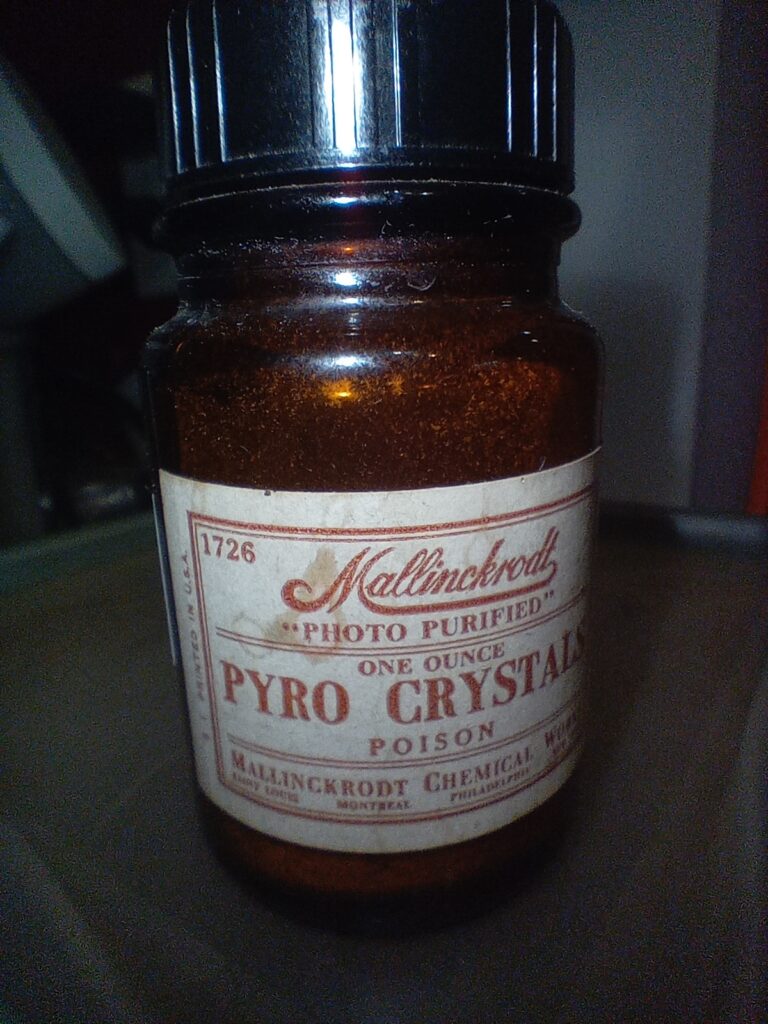
Yeah, I got a bit of pyro for $1.99 at the thrift store – but is it any good? I whipped up a small 100ml batch of 510 pyro and wanted to give it a whirl on a test roll from the thrift store camera. But first, a chip test. After making the 100ml batch of 510pyro I dipped in a cotton bud or Q-Tip as we call them here and applied a smear to a junk piece of exposed leader. The leader started going black in 2 seconds. A sign of high activity.
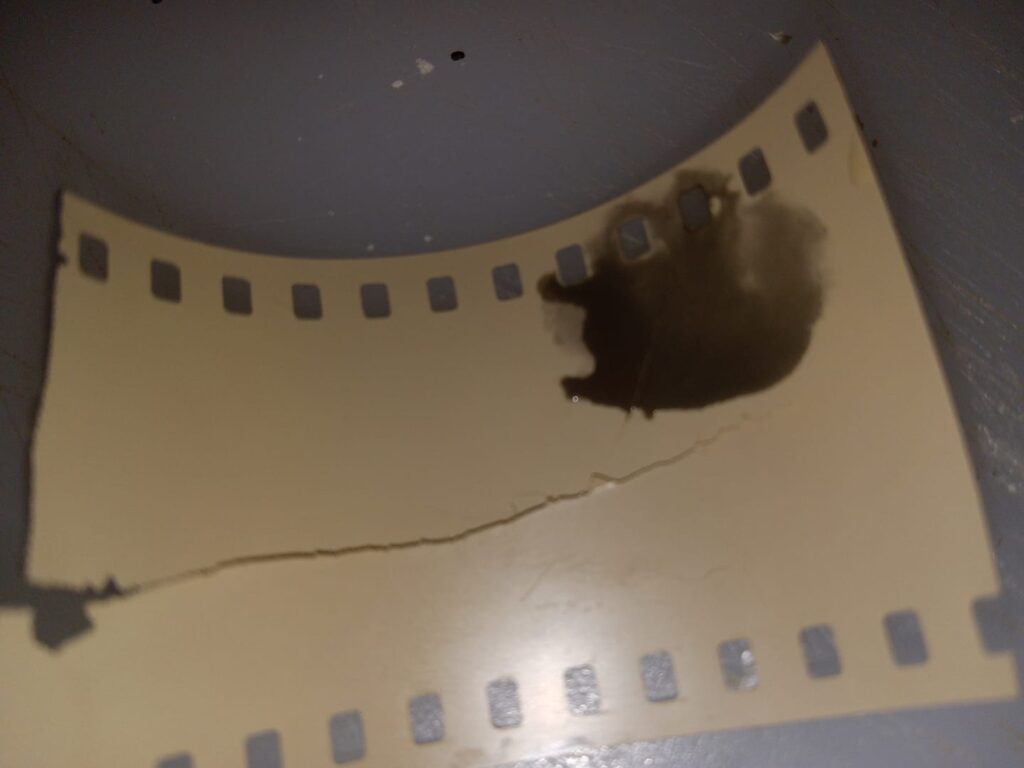
After affirming that the developer should do it’s basic job we then make a normal dilution and proceed onto a roll of test exposures.
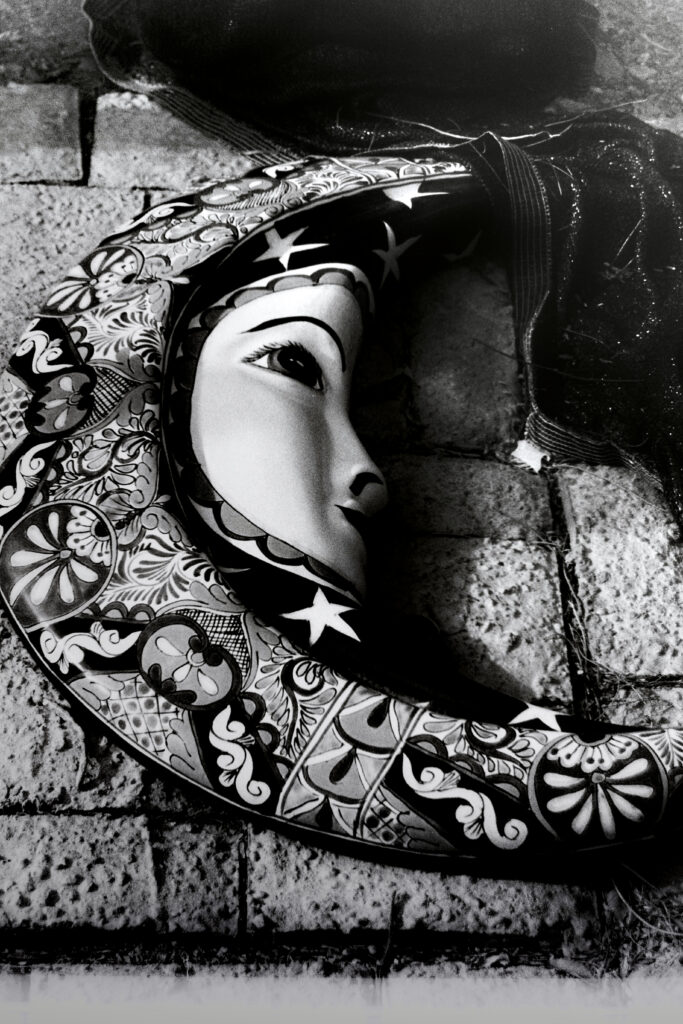
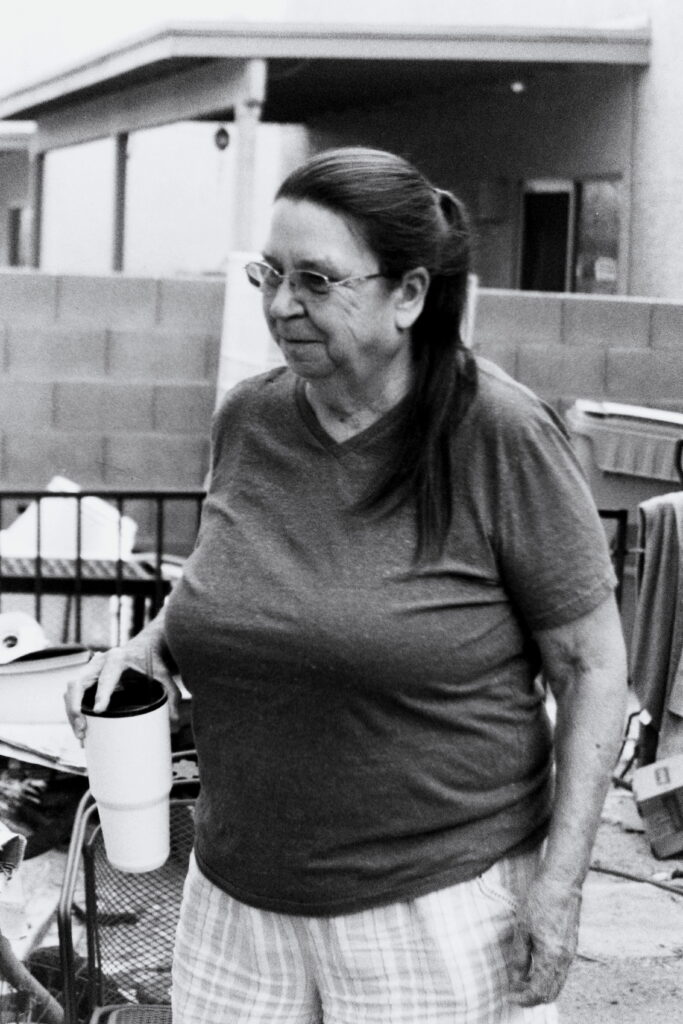
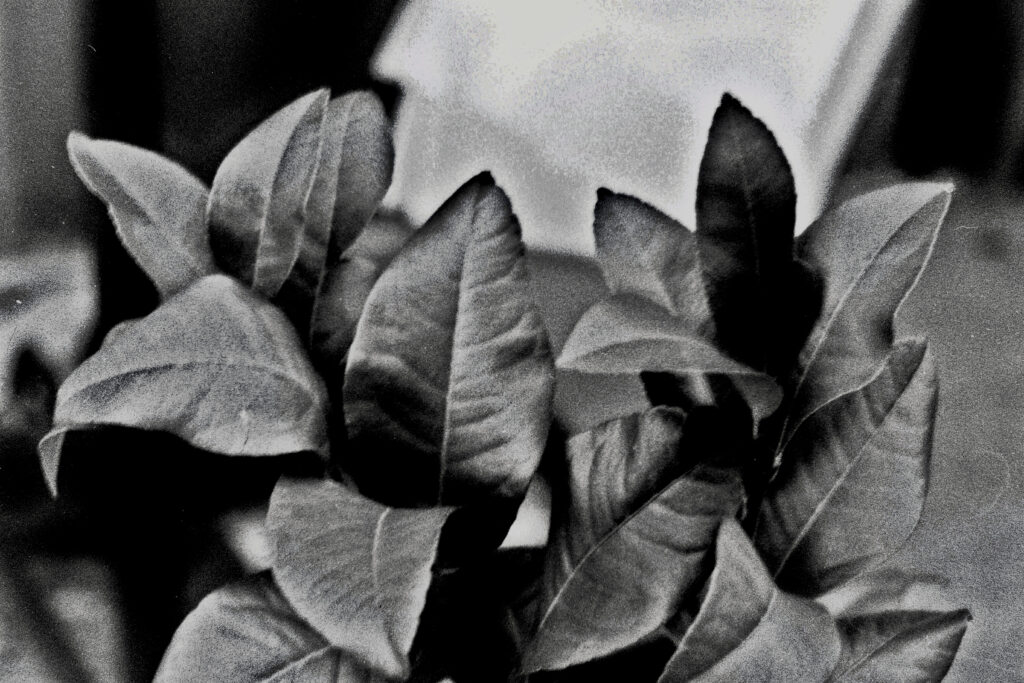
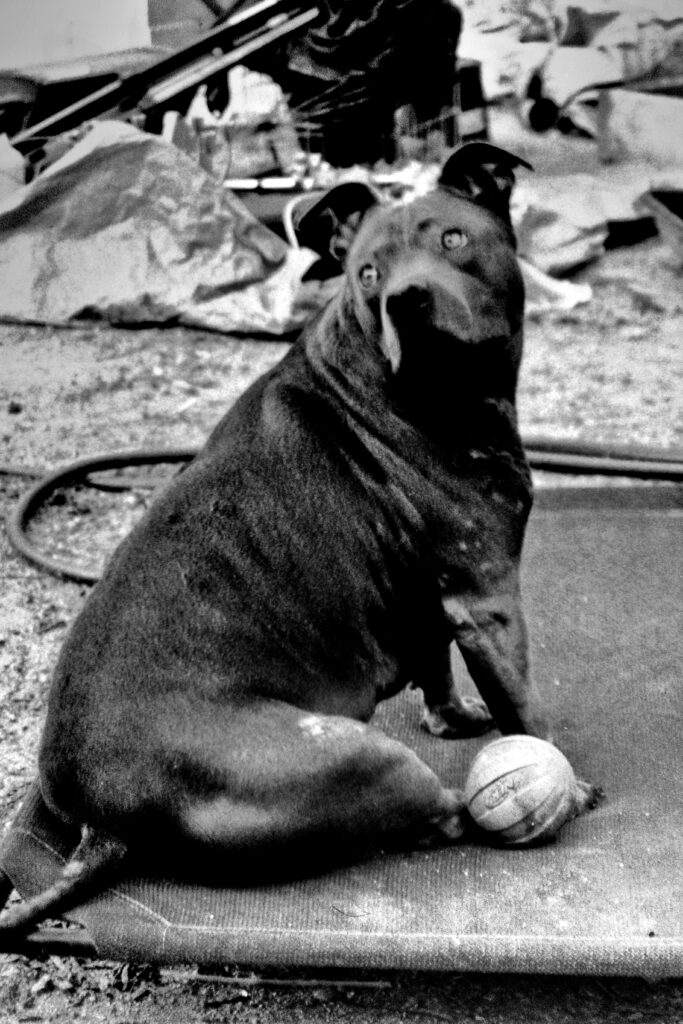
The takeaway from this is that it’s wise not to turn your nose up at an opportunity at a low cost risk.
This 5gal mix of USAF surplus paper developer was $8 for the can. 2.11g will develop a roll of film quite well. By batch splitting and only measuring out whats needed this can of powder will process 1,272 rolls of film. Look at the grain on this 400 film–gotta love it. The can was 1966 vietnam war surplus
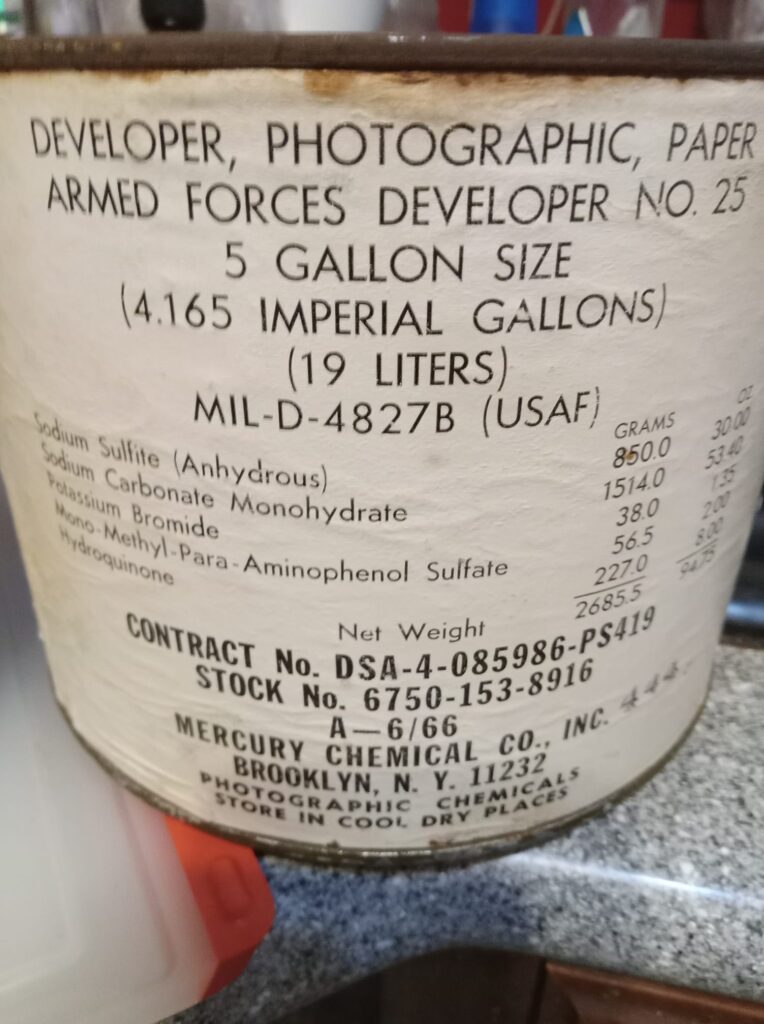
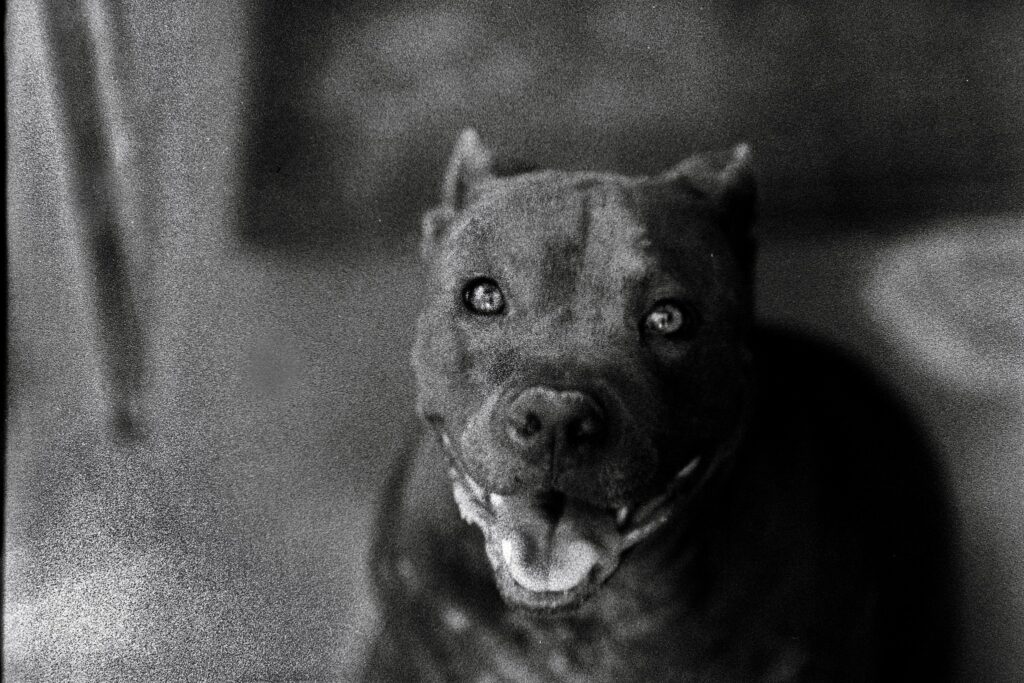
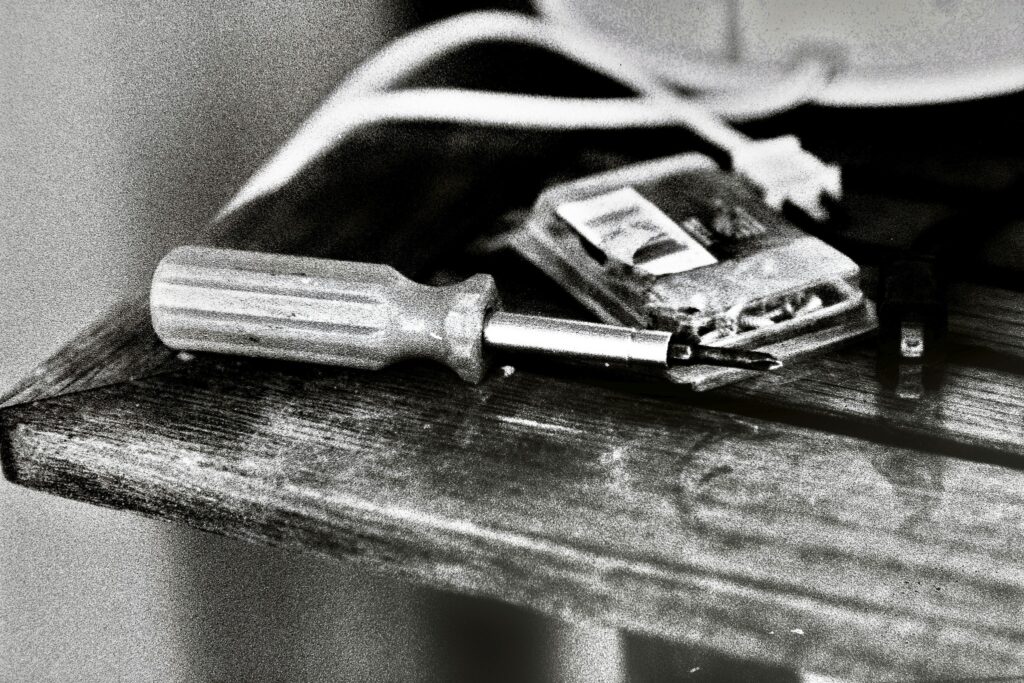
You might come into a trove of goodies from an estate flip or friend of a friend. Don’t just assume old chems and old films are bad. Cans and bottles are usually a safe bet. Foil pouches are “iffy” as pinholes are common. With recent QC issues I trust cans from the 70’s more so than bags from 2020.
Speaking of old cans – Kodak used a date code for their canned products. Here is an old can of Microdol (BEFORE Microdol X). The second photo of the top of the can shows the date code. The first 2 numbers “59” denote the year of manufacture. The “12” is the twelfth week of the year (beginning of April).
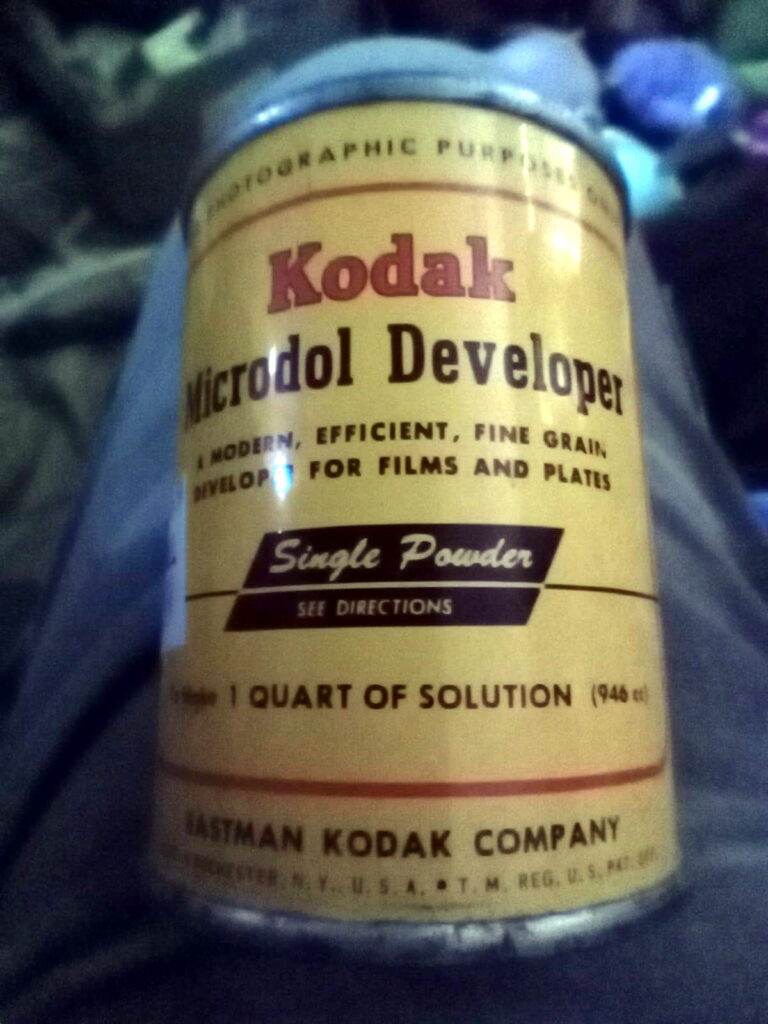
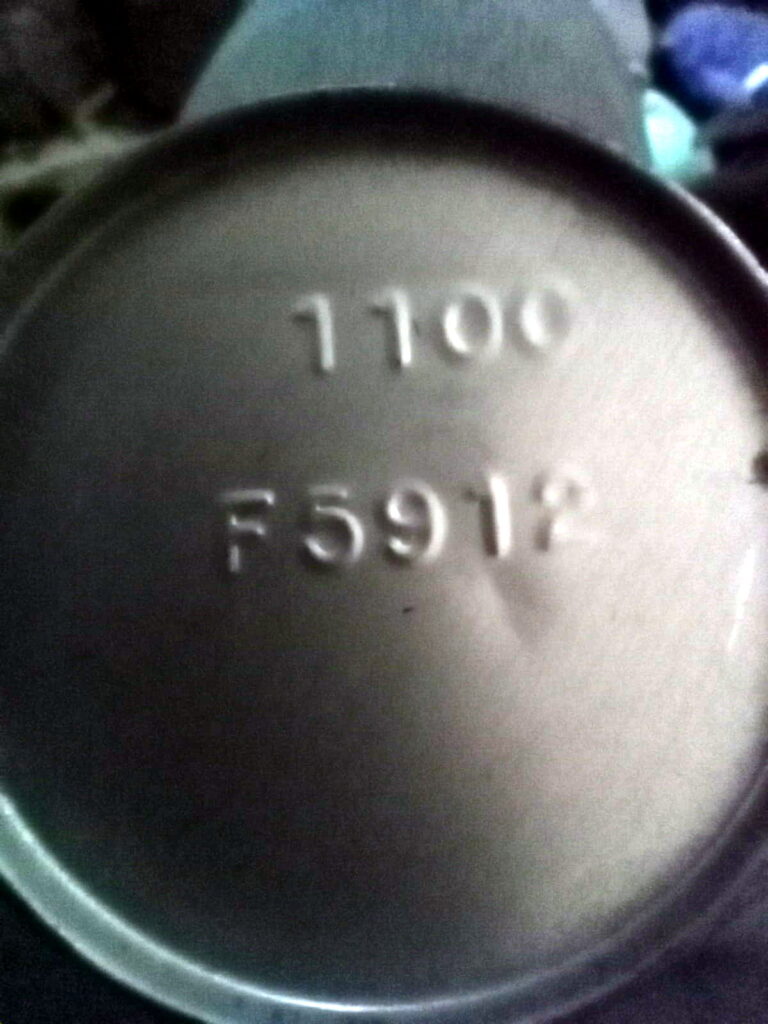
Cans rarely go bad. Your enemy here is a failure of a solder joint somewhere in it’s history. To avoid this before you buy the can, give it a shake. The contents inside should shift like dry sand or salt. If it’s a solid chunk clunking around it’s likely bad. This one passed the sound check and upon opening it we see it looks like the day it was canned in April of 1959.
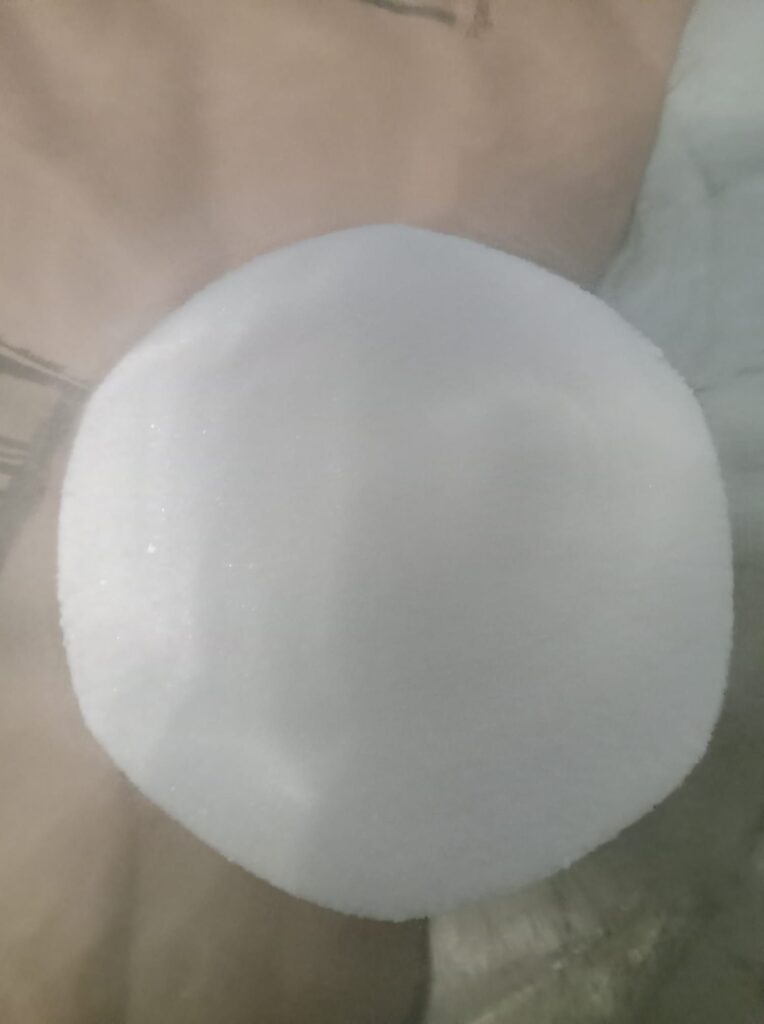
I calculated 10.25g for a roll of 300ml capacity at a 1:3 dilution and 27 mins based on a chip test performed. Did I figure correctly?
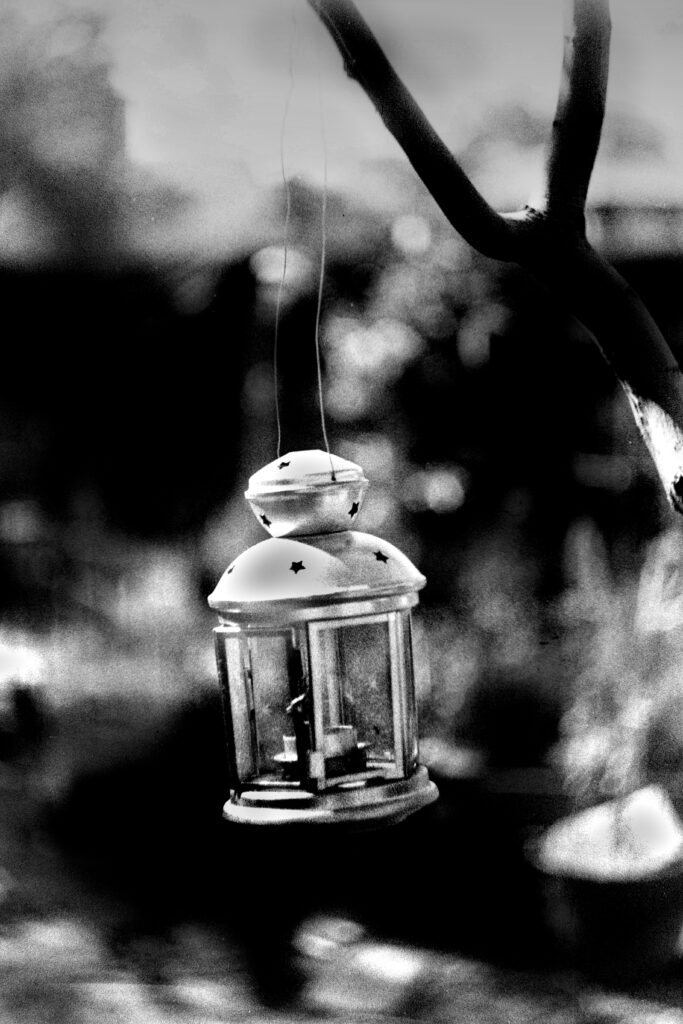
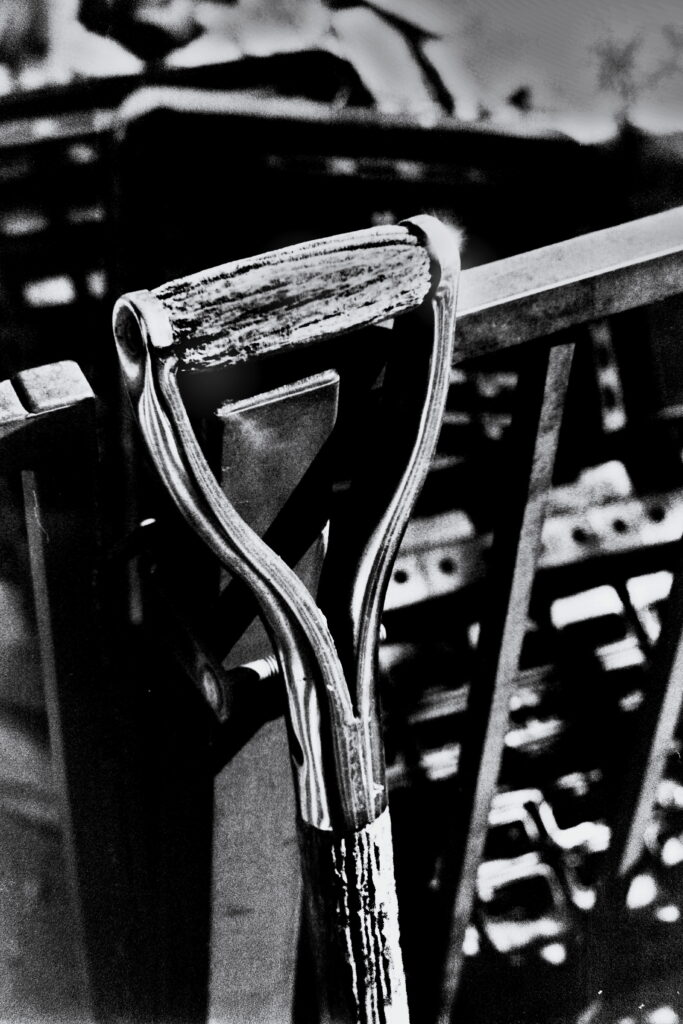
This pound glass bottle of Hydroquinone was $2.40 originally. The thrift store price was $7 less my senior discount. A pound today in the US is $23 plus shipping. If we plug $2.40 into an online inflation calculator it’s value is $19.23 so $23 is pretty close to the price adjusted for inflation. So I paid roughly 1/3 of the “new” cost for 50 year old HQ that’s perfectly usable.
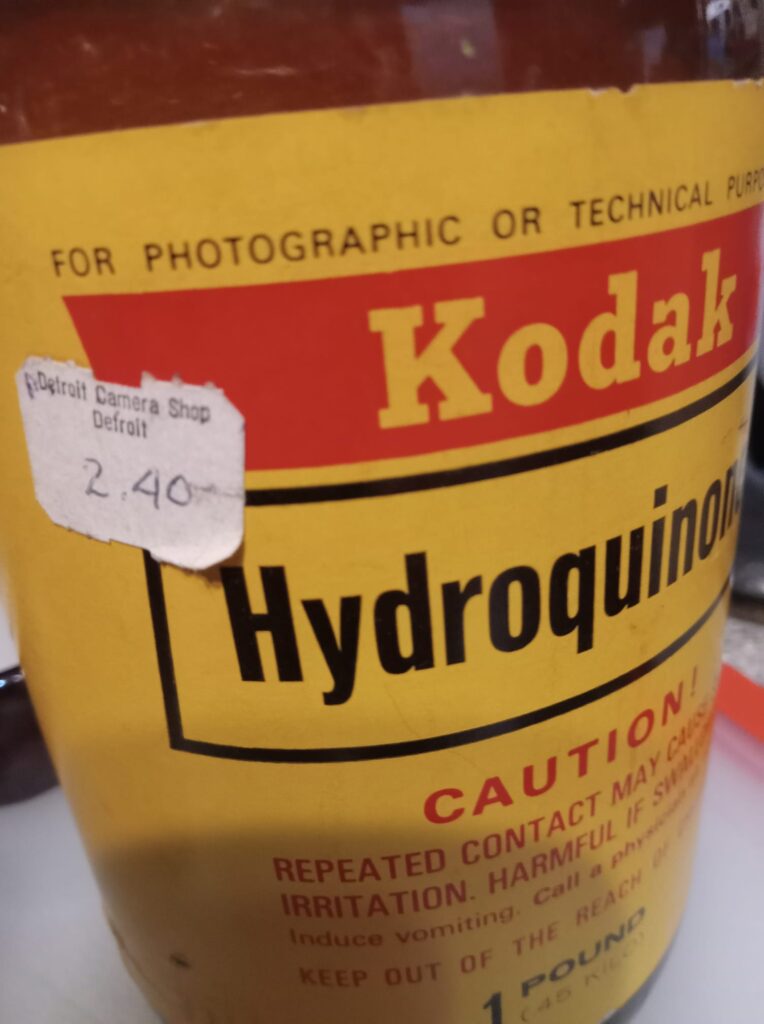
So in closing, don’t turn your nose up at old cans or bottles of chems. Dry chems last almost indefinitely. I grew up dirt poor with zero budget as a teen enthusiast and would have dearly loved to find cheap chems to stretch that dollar. Just make sure to be cautious if you don’t know what you’re doing!
Daniel Keating, Tucson AZ USA
Share this post:
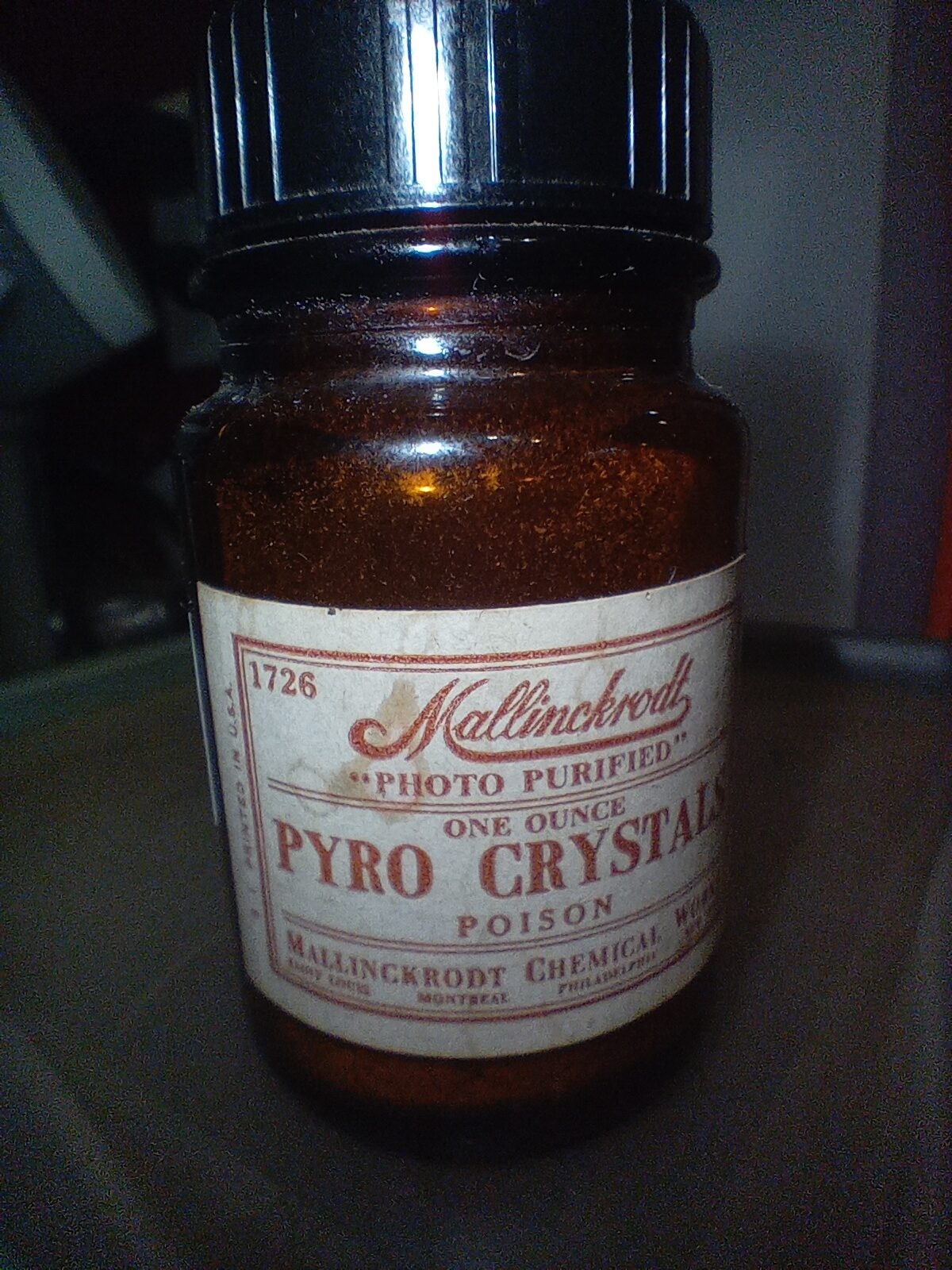
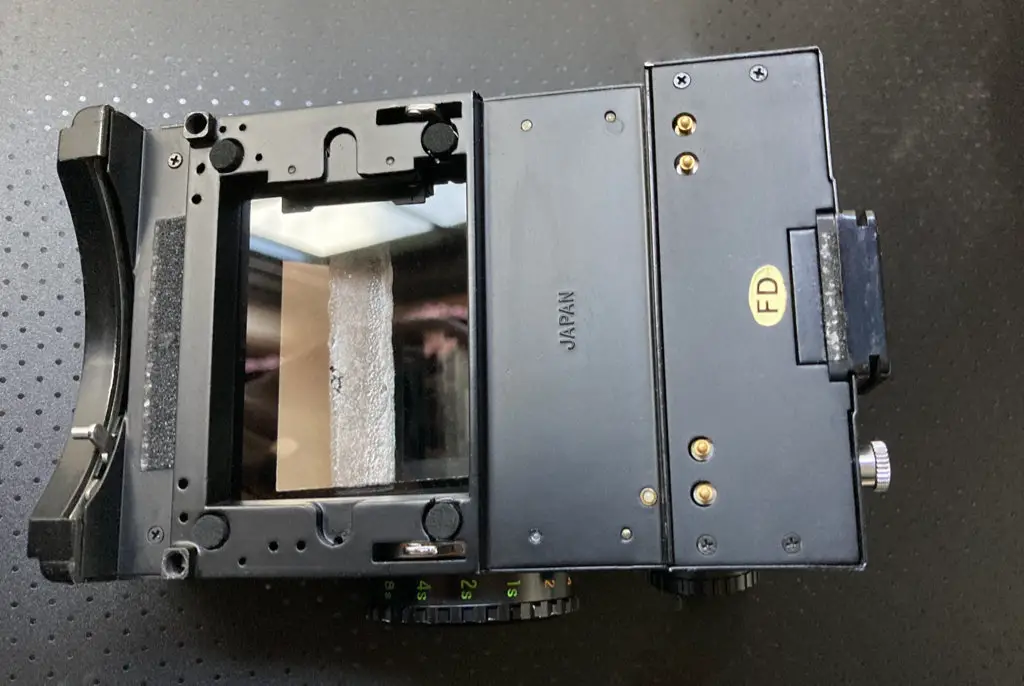
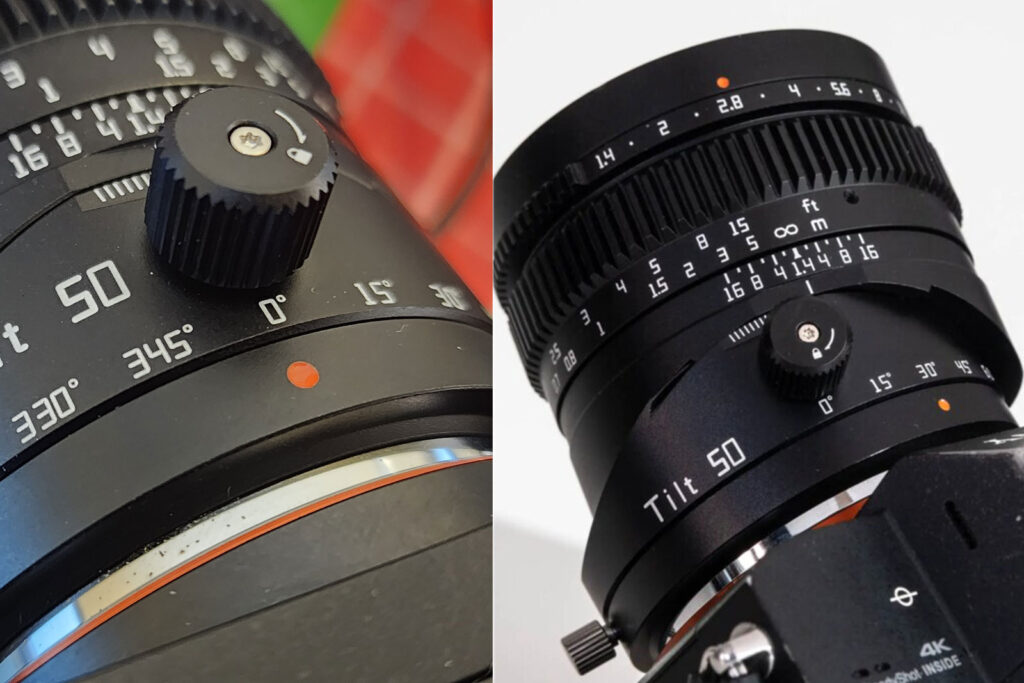
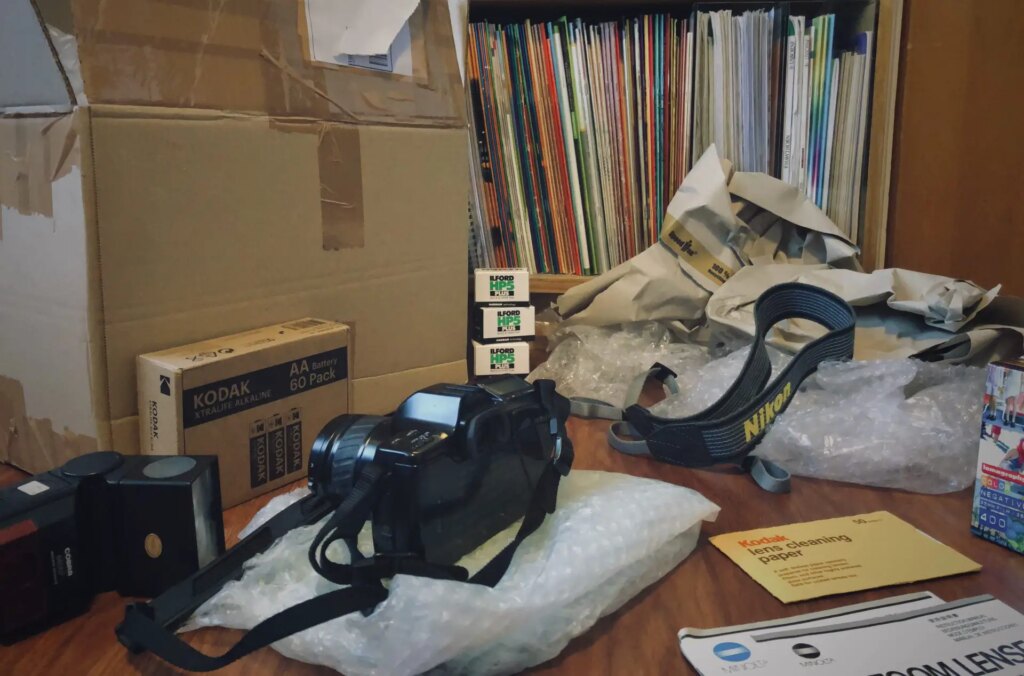




Comments
Gary Smith on Don’t be afraid to experiment and test before tossing stuff out
Comment posted: 30/10/2024
And who can argue with your price calculations?
murray leshner on Don’t be afraid to experiment and test before tossing stuff out
Comment posted: 31/10/2024
Thanks for the perspective on foil chemical packs not being as durable (think of the non-survivor in the beginning of the original Planet of the Apes. Or better yet, don't do that). I have read of people doing reckless experiments like supplementing questionable developer powders with Vitamin C, as both a superadditive gamble AND an antioxidant.
As long as you're not shooting someone's wedding, the experiment can be part of the journey.
I still wonder whether ancient RA paper has any usefulness (even if it has silver in it for people who do silver recovery).
Comment posted: 31/10/2024
Paul Quellin on Don’t be afraid to experiment and test before tossing stuff out
Comment posted: 01/11/2024
Gabriele Coassin on Don’t be afraid to experiment and test before tossing stuff out
Comment posted: 01/11/2024
I subscribe to every word of Daniel Keating.
Personally, I am an experimenter in unlikely alchemy rather than a photographer. And this story confirms for me the nonsense of my students who complain that they cannot practice analog photography because it is too expensive. The last photography exhibition I did, in a Venetian villa, was a challenge for this very reason. More than a hundred photographs made with a 20-euro SLR, a 30-meter roll of FP4 film from 1999, and old packs of photographic paper I had left in storage in the late 1980s.
Just to top it off, for the same exhibition I also made several high-definition time-lapses with a 2004 Nikon digital compact, bought at a flea market for a few euros.
Only a few perfectionists noticed some inconsistency in the results, but the challenge with my students was won.
Gabriele Coassin, Treviso, Italy
Comment posted: 01/11/2024
Josh on Don’t be afraid to experiment and test before tossing stuff out
Comment posted: 02/11/2024
I was suspicious of the cap but delighted to find that it was still perfectly drinkable...